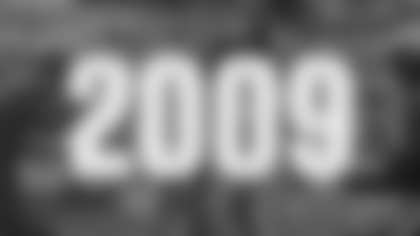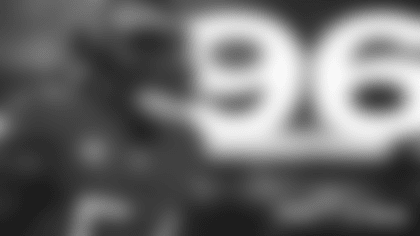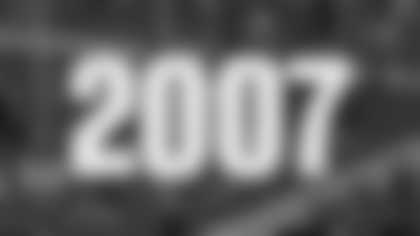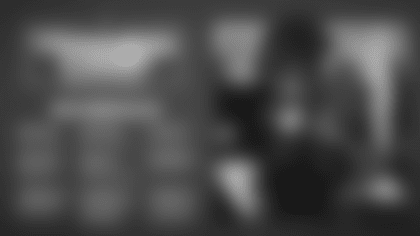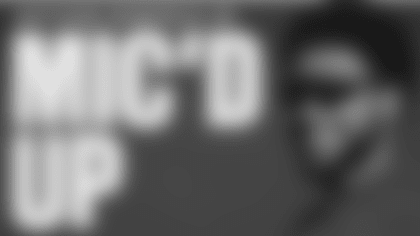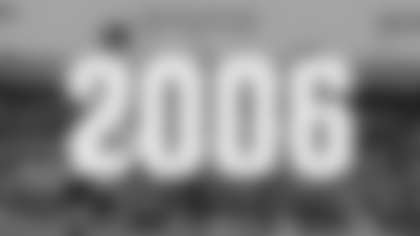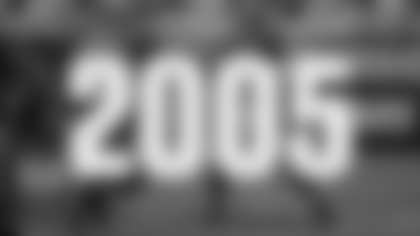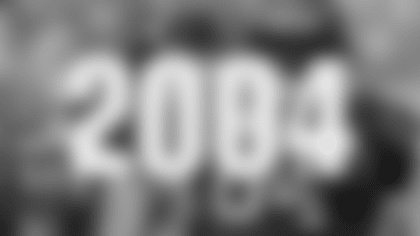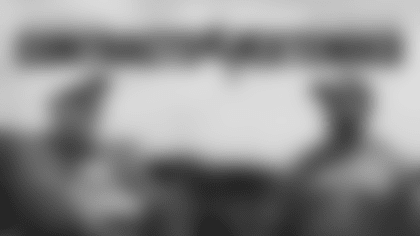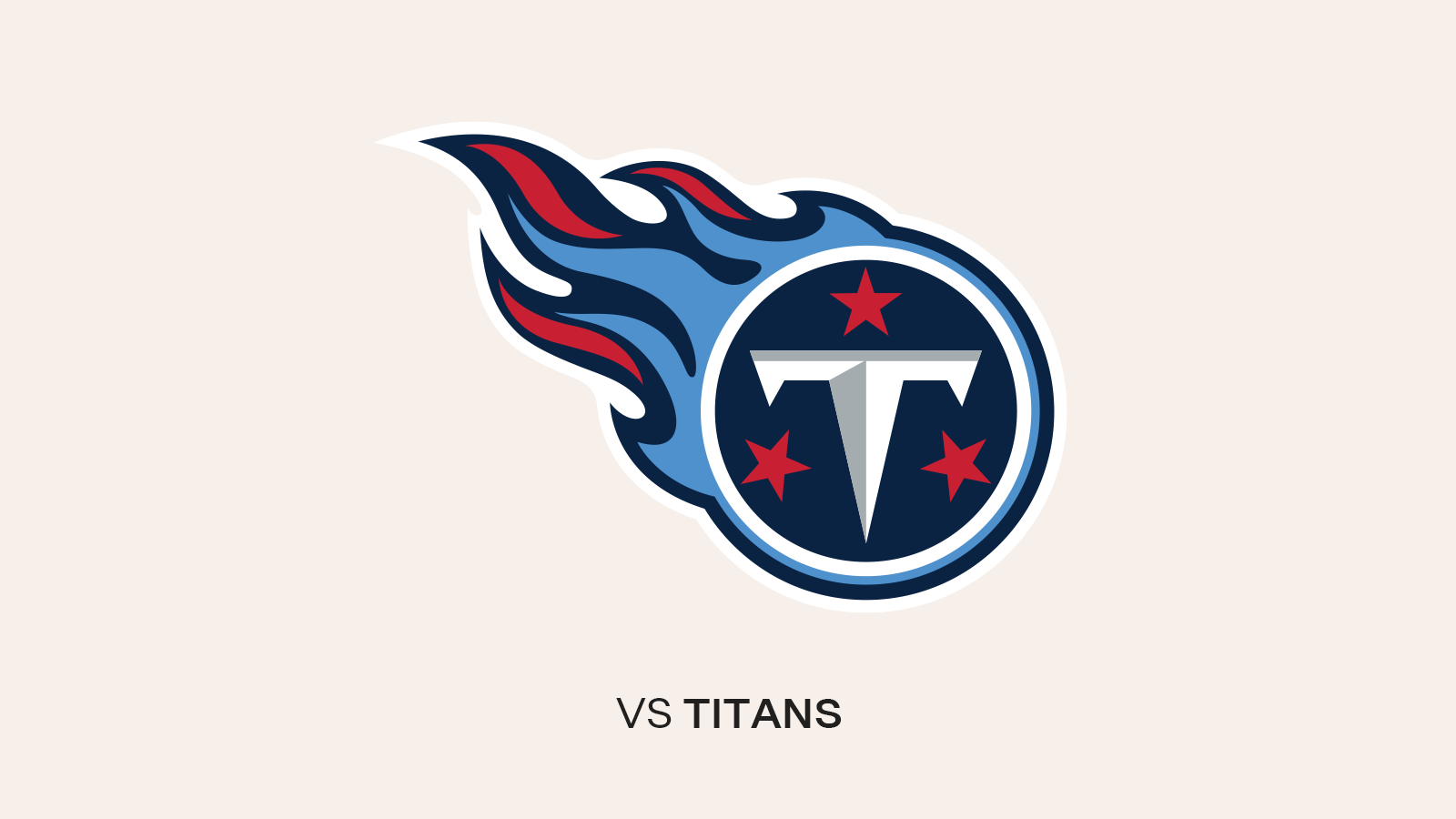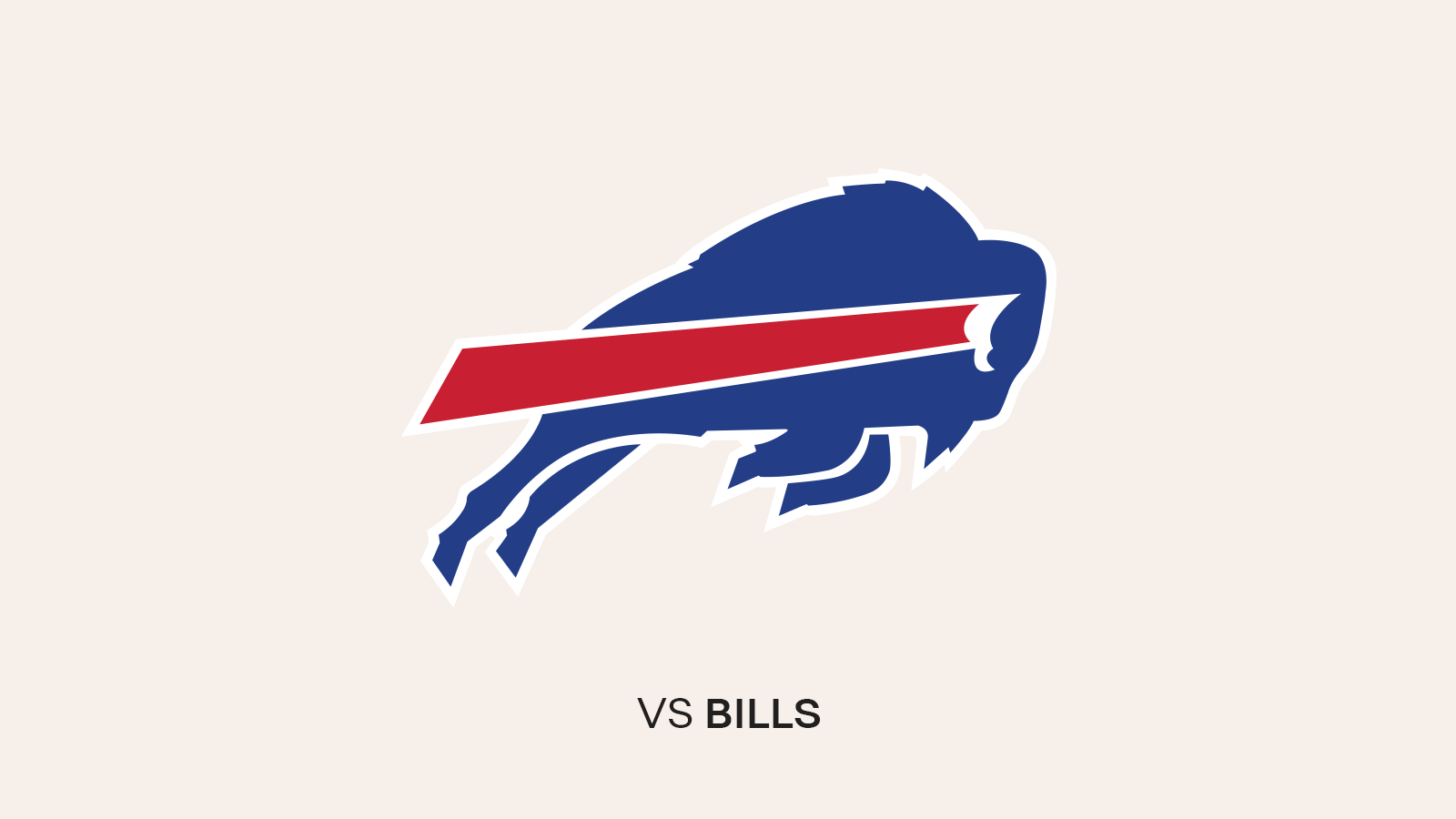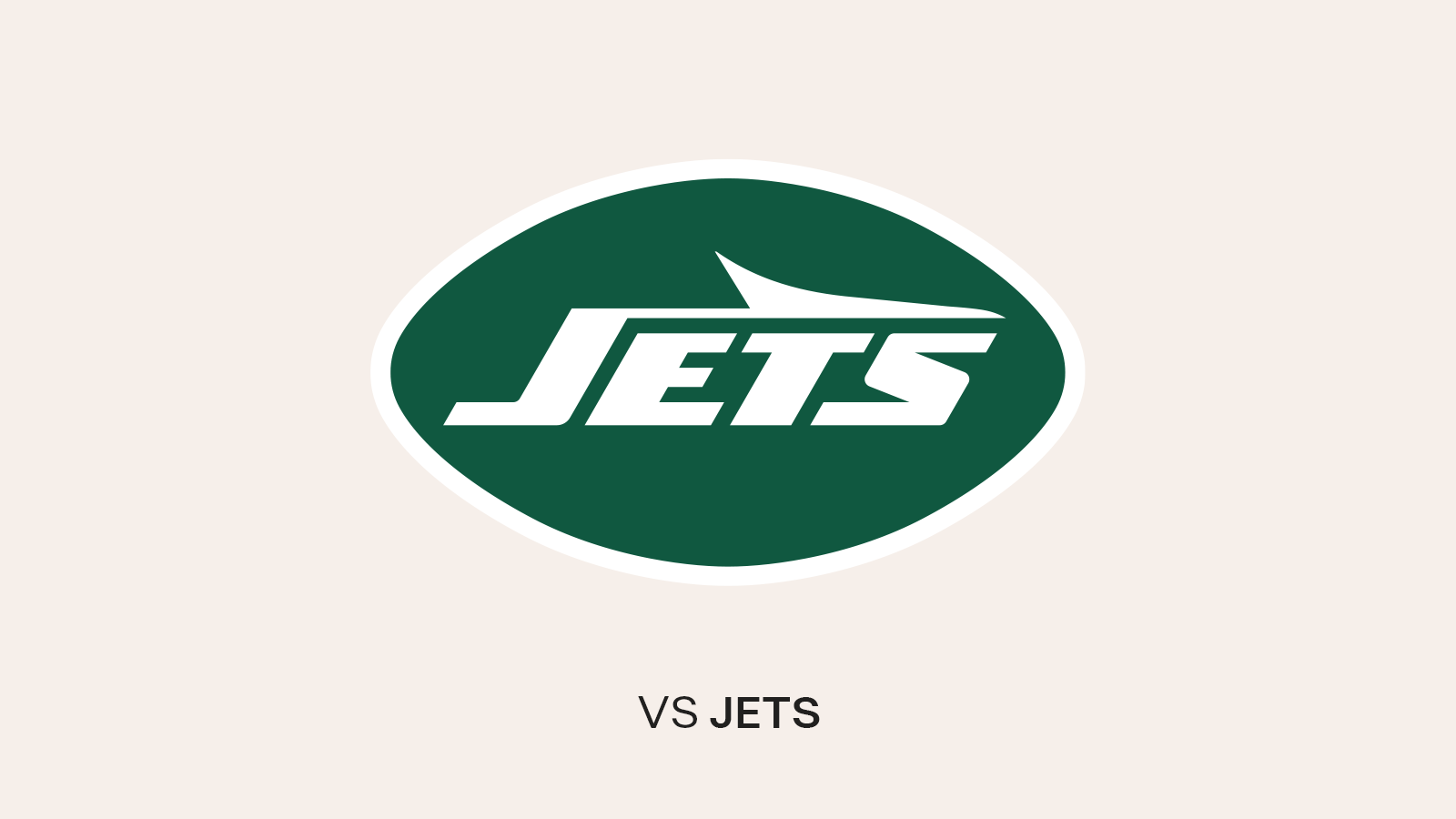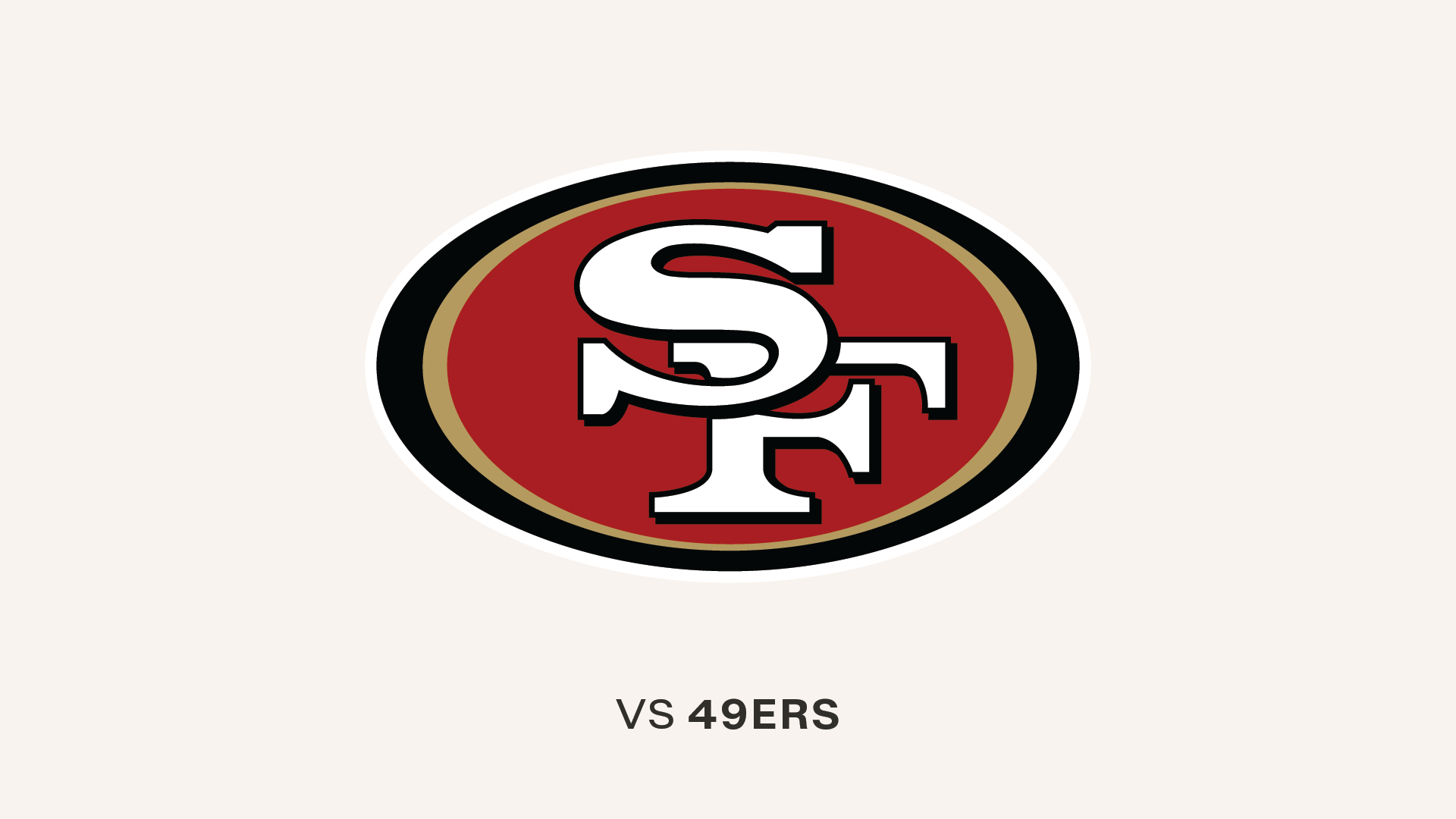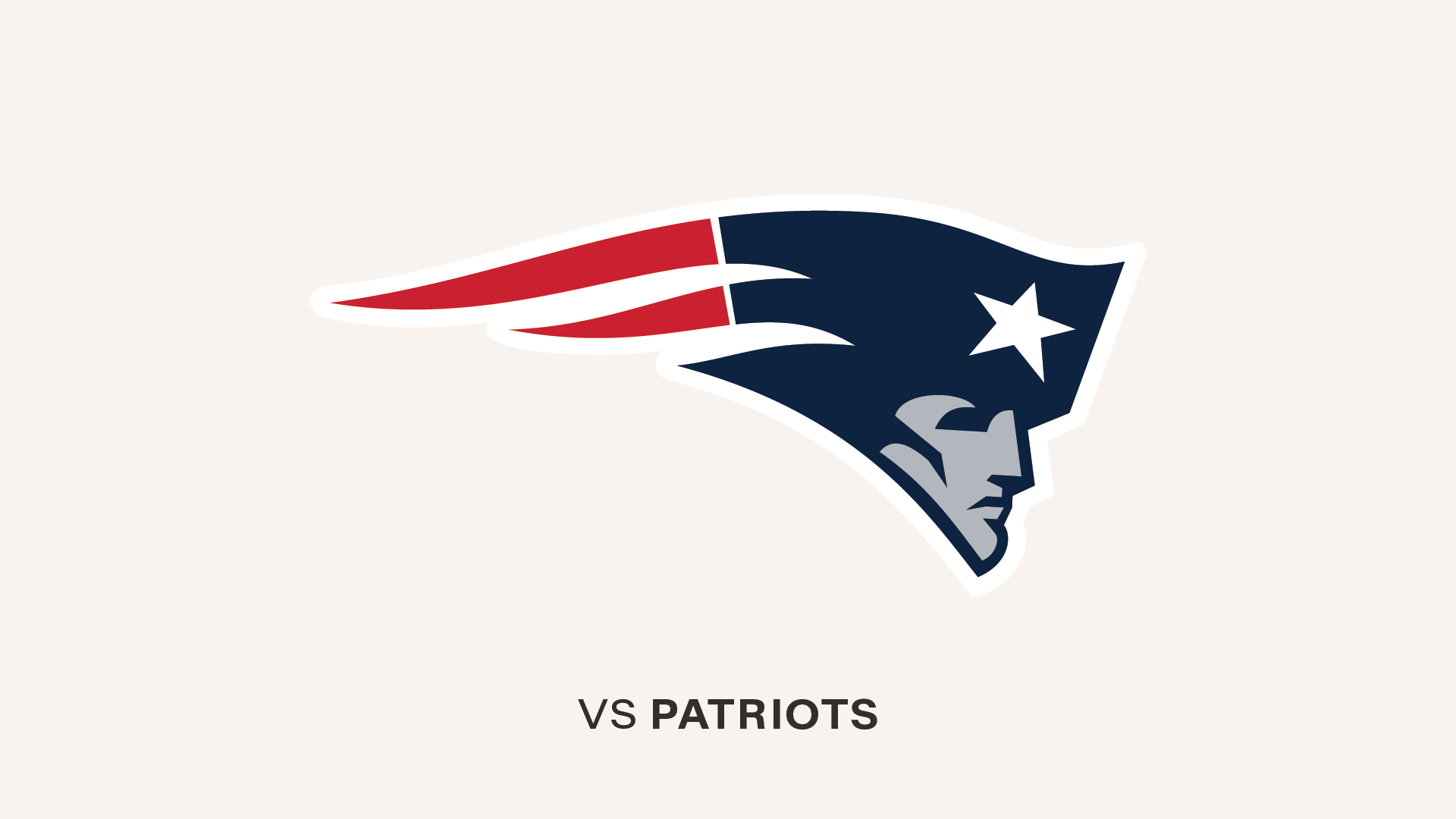The 2020 NFL Scouting Combine began on Sunday, with the first group of players arriving and going through orientation. The annual event – held in Indianapolis as it has been every year since 1987 – lasts nine days and will bring 337 draft prospects together to be evaluated by coaches, scouts and medical personnel from all 32 teams.
Players invited to the Combine go through a five-day rotation of media and team interviews, medical examinations, psychological testing and drills, culminating in the on-field workouts with their position groups on the fifth day. Team personnel get as much or more value out of the interviews, but it is of course the on-field drills that are of most interest to the fans. Here's information on how to watch the Combine this year.
The first positions to start that five-day rotation are the quarterbacks, wide receivers and tight ends, and they will take the field on Thursday, February 27. The offensive linemen, running backs, kickers and specialists are next, getting their workout on Friday. The Saturday on-field group features the defensive linemen and linebackers and then the defensive backs wrap up the Combine with their workouts on Sunday.
Here are a few things to keep an eye on when the offensive positions are on the field. Click here for What to Watch For on Defense.
Quarterback
The NFL is introducing 16 new drills to the Combine this year and eliminating 10 others. For the quarterbacks, the two new drills are called "end zone fade" and "timed smoke/now route." The first one is self-explanatory, while the second focuses on the quarterback adjusting routes at the based on pre-snap reads and throwing quick passes.
Quarterbacks take part in the same measurable drills as the players at other positions, other than the bench press. These include the 40-yard dash, the vertical leap, the broad jump, the three-cone drill and the shuttle, and while the results of those tests can help fill out a scouting report they are less critical for quarterbacks than most of the other positions. Mobility and speed are important but scouts are most interested in how the QBs handle a variety of throws and decisions, as evidenced by the two new drills added this year.
The level of the Buccaneers' interest in the quarterback workouts will be influenced by the ultimate decision on potential free agent Jameis Winston. Barring a trade up from, the Buccaneers are not likely going to find Joe Burrow, Tua Tagovailoa or Justin Herbert still on the board when they pick. However, the Bucs could have interest in Utah State's Jordan Love, Washington's Jacob Easton, Georgia's Jake Fromm, Oklahoma's Jalen Hurts and several others.
It is not unusual for quarterbacks already ticketed for high draft spots to skip the drills at the Combine. Burrow, the presumptive first pick, has said he will throw at LSU's Pro Day but has taken a "we'll see" approach to the Combine. Tagovailoa, who is recovering from a serious hip injury, will not throw at the Combine but expects to do so prior to the draft; for him, the point of the Combine is, as he put it, to "win my medical." A clean bill of health could shoot his draft stock even higher.
Love and Eason will show off their impressive arm strength at the Combine, and if they can pair that with good accuracy on downfield throws they might be attractive to a coach like the Buccaneers' Bruce Arians, who likes to take deep shots. Love threw 17 interceptions for Utah State last season, so his most important Combine moments will likely involve decision-making on the field and whiteboard sessions in the team interviews. Eason, who first went to Georgia before transferring to Washington, has prototypical size (6-6, 227) but is somewhat lacking in experience. Scouts will likely pay close attention to his footwork and mechanics.
Fromm is the opposite of Love and Eason. His production and winning ways in college are noteworthy but he doesn't have the size or necessarily the arm strength of those other two. He could start to change the scouts' perception on that latter issue by showing zip and accuracy on his throws on Thursday.
Herbert is coming off a very good week at the Senior Bowl and has a chance to further cement his status as a top-10 or even top-five pick with another good week in Indianapolis. Look for the Oregon product to show accuracy and touch on his throws to convince NFL scouts he can star at the next level.
Almost every quarterback crop at the Combine from year to year has one player who has to make a point of telling NFL teams that he is a quarterback, and not an athlete who could be converted to receiver, running back or defensive back. This year, that player is Oklahoma's Jalen Hurts, the Heisman Trophy runner-up, who transferred from Alabama to the Sooners when Tagovailoa took his job with the Tide. Hurts put up big passing numbers in 2019 – 3,851 yards and a 32-8 TD-INT ratio – but he also ran for 1,300 yards and 20 touchdowns. He is generally considered a mid-round draft pick but could move up the board if he looks like a natural, polished quarterback.
Wide Receiver
The receivers will no longer have to do the toe tap drill, which has been eliminated, but they'll take part in the new end zone fade drill mentioned above.
You don't need me to tell you that the 40-yard dash is the marquee event for wide receivers at the Scouting Combine. A separation of just a couple tenths of a second can be the difference between getting a first-round call and going completely undrafted. This year's first round could see five or six wide receivers come off the board in the first round but there's little consensus yet about their order.
Depending upon whether or not Breshad Perriman returns, the Buccaneers might need to add some talent to their receiving corps, perhaps even a player who can step right in as the third receiver behind Mike Evans and Chris Godwin. The presence of those two would seem to make the position an unlikely target in the first round for Tampa Bay but the Bucs have drafted at least one receiver in five of the previous six drafts run by General Manager Jason Licht.
Alabama's Jerry Jeudy and Oklahoma's CeeDee Lamb are widely considered the top two receiver prospects. Watch Jeudy to see if he can avoid dropped passes, as there really are no other gripes about his game. Lamb's big number is going to be on the 40-yard dash stopwatch; he too has a fantastic all-around game but might need to get under 4.50 to top Jeudy on draft night.
All of the receiver 40-yard dashes will be worth watching but drop everything when you see Alabama's Henry Ruggs toe the line. Could he get under 4.30 or maybe even chase the Combine's all-time record? If he does he might also start nipping on the draft-board heels of Jeudy and Lamb, and he would almost certainly cement his first-round status.
Arizona State's Brandon Aiyuk might be on the first-round bubble by April. He's got a huge wingspan and can fly, so good scores in the 40 and the vertical leap could convince teams that he can make big plays and win contested catches. Meanwhile Colorado's Laviska Shenault figures to be one of the most intriguing prospects at the Combine. He's a very versatile player and he's great with the ball in his hands but he's a bit raw and he didn't have a high per-catch average. The 40 will be very important for him, too. For Clemson's Tee Higgins, who has plenty of speed for his 6-4, 215-pound frame, the agility drills are likely to be the most important ones for him.
Tight End
The eliminated and added drills for tight ends are the same as the ones for the receivers. The 40-yard dash will be important for those prospects who are seen as potential seam-stretchers in the NFL, but footwork is also a prominent concern thanks to the position's blocking responsibilities. Scouts will also be looking for good vertical leap results to suggest that the tight end can get above defenders and high-point the ball in traffic.
This is not a top-heavy class of tight ends, so this position group won't be the highlight of Thursday night's coverage. There's a good chance this is the first draft since 2016 to finish a first round without a tight end coming off the board. However, they could start getting attention in the second round, beginning with Notre Dame's Cole Kmet. Kmet is a well-rounded tight end prospect – he has the size and does everything well enough but he could up his draft stock by timing better than expected or catching everything in sight.
Vanderbilt's deep offensive struggles in 2019 contributed to a sharp drop in production for tight end Jared Pinkney after a big 2018 campaign. Scouts will be watching to see if he truly is a fast and agile tight end who can make plays downfield. Purdue's Brycen Hopkins had some drop issues in college and is not considered a particularly strong blocker but he's one to watch a potential riser at the Combine if he can log a good 40 time and show smoothness in the agility drills.
Running Back
The NFL has eliminated the "pitch and cone" and "find the ball" drills during the running backs session but added two more to take their place. One is called the "Duce Staley drill" and it involves navigating step-over bags on the field while finding the hole to hit as coaches maneuver pop-up dummies. The other new drill focuses on inside routes with change of direction; it's designed to see how well the backs handle angle routes in the passing game.
Obviously, the 40-yard dash is a big event for the running backs, too. Similarly-sized backs in the top tier can separate from their fellow prospects with strong 40 times, and runners lacking size can gain traction on NFL draft boards by nailing the stopwatch test. Also very important for running backs is the three-cone drill because it gives scouts an idea of how well they move their feet and how quickly they can change directions.
The Buccaneers seem like a team that would have a fairly high interest in this workout group on Friday. Peyton Barber, one half of their 2019 backfield pair, is a pending unrestricted free agent and may not be back. Even if he is re-signed, the team is likely looking for some added juice for a running game that produced only 3.7 yards per carry last year. While Tampa Bay might be looking to hit some more critical needs in the first round, a second or third-day selection would come as no surprise. Most of this year's draft analysts see a light running back representation in the first round anyway, so the Bucs could still have a shot at some of the top players on the board on Day Two.
The backs who seem most likely to hear their names called on the first night of the draft are Georgia's D'Andre Swift and Wisconsin's Jonathan Taylor. Swift can play all three downs, averaged 6.6 yards per carry for the Bulldogs and has good vision balance; the timing drills will be important for him as some scouts consider him more quick than fast. Taylor is what you expect a Badger running back to look like – big, powerful and productive. The pass-catching drills will be important for him as that is not a well-developed part of his game yet.
This could be an important week for Ohio State's J.K. Dobbins. He's got good size and an array of impressive skills and he was very productive for the Buckeyes, but some might consider him a product of that team's overwhelming talent and success. In Indianapolis, he'll be tested on a level playing field with the likes of Swift and Taylor; could he prove he deserves to jump them on the draft boards?
LSU's Clyde Edwards-Helaire got a great chance to show off his skills during the Tigers' run to the national championship and made the most of it. Now he'll try to show scouts that he can run with power despite his 5-8 stature and that he has the speed to get around the corner. Florida State's Cam Akers could help his draft stock at the Combine. He produced well for the Seminoles but might have attracted even more attention on a better team with a better offensive line. The pass-catching drills will be important for him, as will any opportunities to show that he is an explosive runner.
Boston College's A.J. Dillon will be an interesting back to watch at this year's Combine. At 6-0 and close to 250 pounds he might be looked at as a fullback by some scouts, and that position offers fewer opportunities in the NFL than it used to. A good 40-yard time and quick feet in the three-cone drill might convince some teams he can be involved in running and catching the ball.
Offensive Line
The O-Line drills may not be the most exciting at the Combine – unless you appreciate the entertainment value of watching very big men run 40-yard dashes – but one would expect the Buccaneers' scouts to be paying very close attention. This year's class of blockers appears to have a lot of first-round talent, giving the Bucs a good chance to dip into that pool at pick number 14 if they so desire.
There is a new mirror drill and a new screen drill for offensive linemen this year. The former tests the players' feet and change of direction skills; the latter, as the name suggests, attempts to get an idea of how good the linemen will be out in the open field on screen plays.
Draft analysts are drooling over at least half a dozen offensive tackles that seem like good bets to go in the first round, including Alabama's Jedrick Wills, Louisville's Mekhi Becton, Georgia's Andrew Thomas, Iowa's Tristan Wirfs, USC's Austin Jackson and Houston's Josh Jones. I typed those names in the order they popped into my head, which is fine because there isn't much consensus on what order they will be selected in April, or even which one is first off the board. Wills, Thomas, and Becton, in particular, all have proponents who consider them the clear best of the bunch.
That said, Wills is the best bet to get his name called first in the draft, and he could solidify that by showing off his power in Indianapolis. At 6-7 and 369 pounds, Becton is absolutely massive and power is no issue, which means the key for him at the Combine will be to show off smooth feet.
Wirfs could end up at either tackle or at guard in the NFL but would likely prefer to be seen as a left tackle, considered the premier O-Line spot. Teams know he's an excellent run-blocker so his goal in Indy will be to show that he has the movement skills to play on the edge. Jackson is athletic with good feet but he might need some honing on the fundamentals. Scouts will be looking for consistency from snap to snap in his drills.
The medical evaluations will be particularly important for Washington's Trey Adams and Auburn's Prince Tega Wanogho. Adams has the size and skills to be considered a first-round pick but ran into some injury misfortune during his college career, while Wanogho had a knee issue at the Senior Bowl.




















